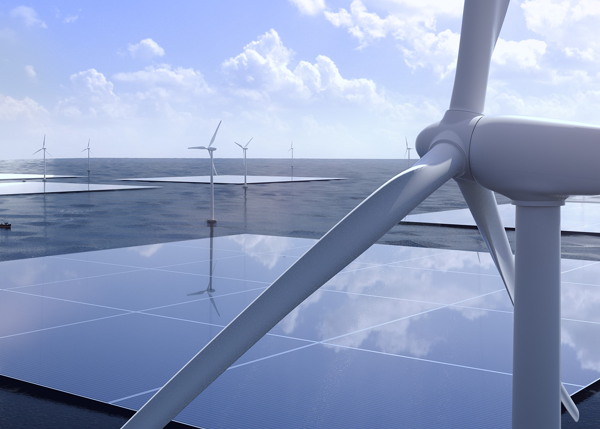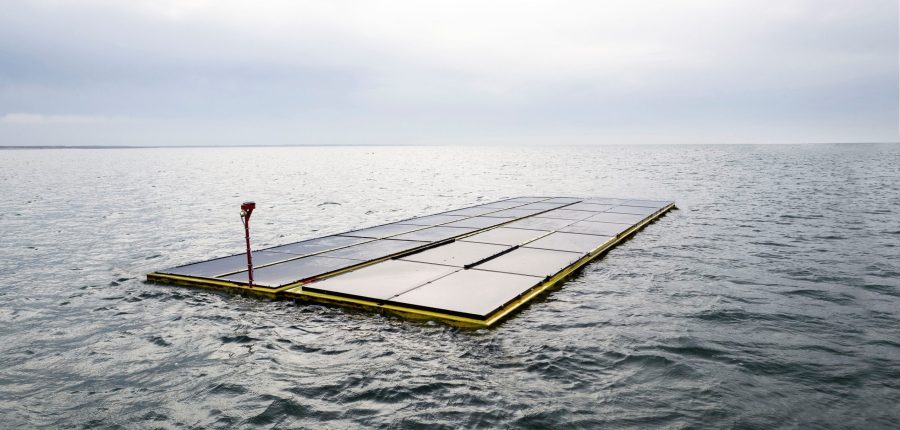Solar power along with wind power are the most consolidated sources for renewable energy. In addition to biomass and hydropower, these two have the best dissemination potential with low costs in energy production today, in the expectation of introducing other technologies, such as green hydrogen to generate electricity, while always being based on the sources above. However, the constraints of using solar power to generate enough energy for a city or even a building depend on the low energy density of solar and wind power (< 1.5 kWh/m2), which would require to install photovoltaic (PV) panels on larger enlightened areas, and that is not always possible because of obstacles that overshadow panels, which greatly decreases their effectiveness. As for agricultural lands, many countries like Italy prohibit the installation of panels nearby, so that farming activities related to livestock and growing plants are not disturbed. Finally, both solar and wind energy productions are non-programmable i.e it is difficult to get real-time feedback on the energy demand from the consumers, whereas a gas plant can provide it almost immediately.

As a consequence, an emerging news has been heavily discussed lately about floating solar panels. Those are usual PV panels but adequately constructed to be installed on water whether lakes, rivers or the sea. This is particularly interesting for crowded cities boarding water, islands, but more largely for any province that is connected to the distribution network and can benefit from the generated power. This has been particularly effective in the North Sea, in which the goal is to dedicate as much existing surface as possible for offshore wind and now solar energy generation with the intent to balance a maximum yield with a good and safe integration into the environment, both on land and on water.
So one may ask “why now?”, “Why haven’t we thought of this before and developed it?”
Although a big part of the world’s population is familiar with solar panels, scientists and engineers in this matter are still not sure whether the traditional panels can also be suitable to work on water. The key factors to consider are stability despite waves and robustness in places with strong winds. Corrosion is also included and is a major threat. Thus, there is a thorough need for research and testing to come up not only with an adequate installation in terms of shape and construction but maybe think of new material or components to add to make offshore PV stand the difficult climate conditions. An interesting example is that of the municipality of Voorne aan Zee in the Netherlands, in which European companies specialised in building solar panels from Spain and Portugal in addition to Dutch companies are pioneering the research on the Oostvoorne Lake to test multiple constructions and try to determine the potential impact on marine biodiversity. Other countries are also paving the way to the production of more offshore solar energy like India, which has recently invested in a 90 MW floating solar project.
This is a promising innovation and more discoveries are coming on the best locations to rely on floating PV, like the focus on the “Sunbelt” region presented in studies by the Dutch firm SolarDuck. All in all, this can help increase the amount of solar power produced, while always making sure whatever path we take should not leave more harmful footprints than the initial one.
Cover Ph. Oceans of Energy

